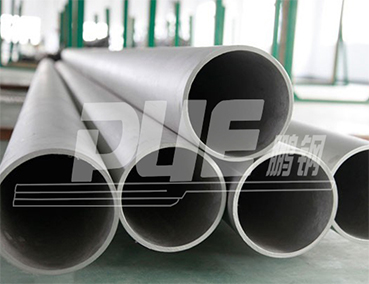Sales Hotline:
0086-577-86656878
0086-15906483119

Time:2025-06-05 16:09:17
Stainless steel seamless pipe is a high-pressure and corrosion-resistant pipe with strong integrity and no welds, which is manufactured by hot rolling/cold drawing. In terms of its process, hot rolling includes heating, perforating, rolling, etc. of round tube billets, which is suitable for large-diameter pipes; while cold drawing improves accuracy through annealing and pickling, and the wall thickness tolerance can be controlled within ±0.1mm.
Direct reading spectrometer is commonly used to detect the composition of stainless steel seamless pipes, analyzing elements such as Cr and Ni with an accuracy of ±0.005%. XRF is used for on-site rapid screening but cannot measure light elements, and carbon and sulfur require infrared absorption method assistance. Nuclear power plant pipes need to control boron ≤0.0015%, cobalt ≤0.05%, and food-grade pipes require that the dissolution of heavy metals such as lead and cadmium meet GB 4806.9 standards. The surface treatment uses electrolytic polishing to make the inner wall roughness Ra ≤0.4μm, and the outer wall is pickled and passivated to enhance corrosion resistance. The dimensional accuracy of the cold-rolled tube outer diameter is ±0.05mm, and the hot-rolled tube tolerance is ±1.5%. Uneven wall thickness may cause stress concentration.
The application scope of stainless steel seamless pipes includes petrochemical, medical, nuclear power, etc. Nuclear power grade seamless pipes require ultrasonic and radiographic flaw detection, petrochemical seamless pipes require 25kg airtightness test, and medical seamless pipes require biocompatibility verification.
